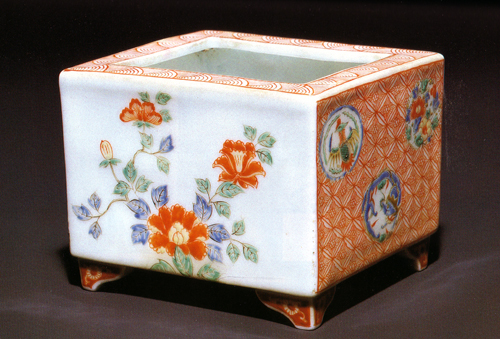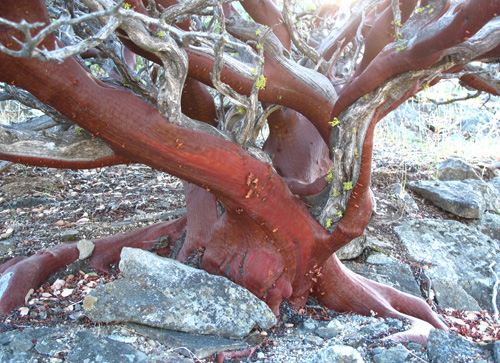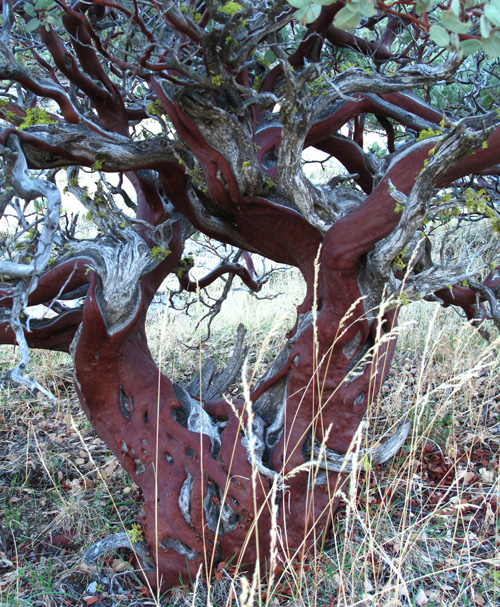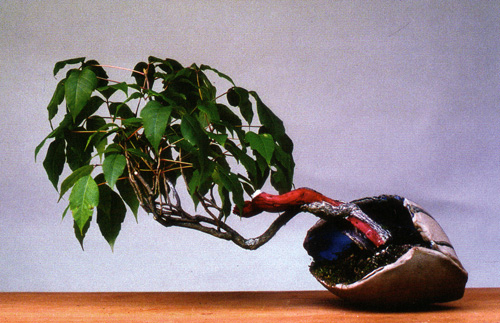 Poison Ivy bonsai by Nick Lenz, who, in addition to be one of our most talented bonsai artists, is also a master of the unusual. This photo appears in Nick’s book, Bonsai from the Wild (Stone Lantern Publishing).
Poison Ivy bonsai by Nick Lenz, who, in addition to be one of our most talented bonsai artists, is also a master of the unusual. This photo appears in Nick’s book, Bonsai from the Wild (Stone Lantern Publishing).
Nicknamed OSAMA
Nick Lenz calls his charming looking, but otherwise nasty little bonsai, OSAMA (no explanation needed).
Halloween bonsai
Though you may not take poison ivy bonsai seriously (or take it at all, for that matter), Nick does. Here’s a few of his words (lifted from his book): While poison ivy may be considered a Halloween bonsai, the species has great charm and interest, especially when fruiting. Unfortunately, my most cherished specimen was stolen by a very foolish teenager. Never pass up an outstanding trunk of this species and always pack latex gloves in your collecting kit.

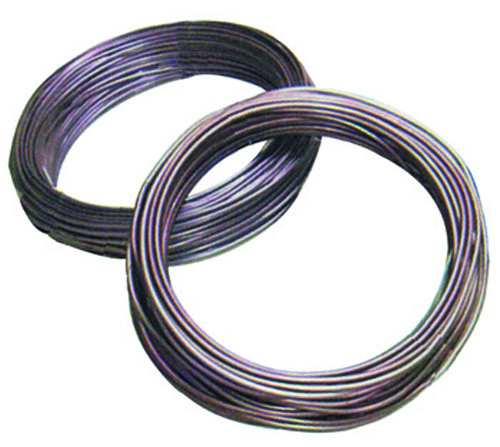 Stock the stocking with
Stock the stocking with 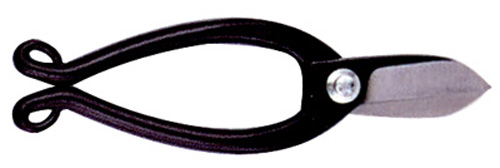
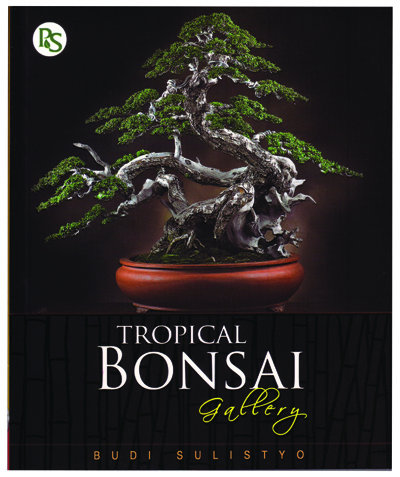 Books on
Books on 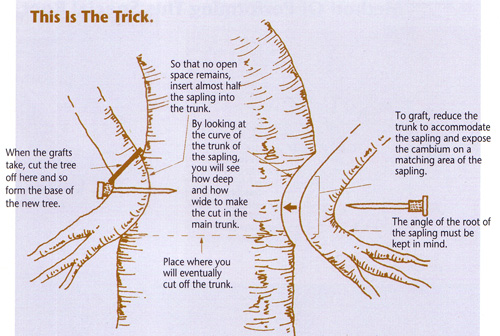
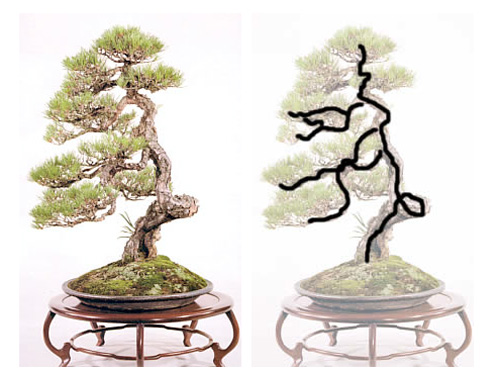 This distinctive Japanese red pine appears in Andy Rutledge’s web book ‘
This distinctive Japanese red pine appears in Andy Rutledge’s web book ‘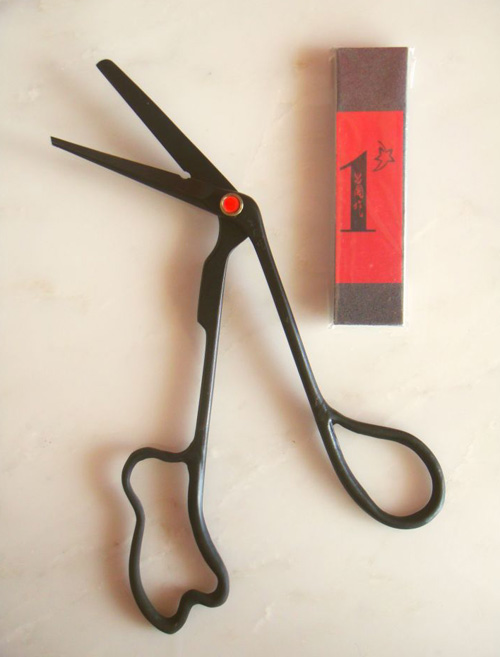
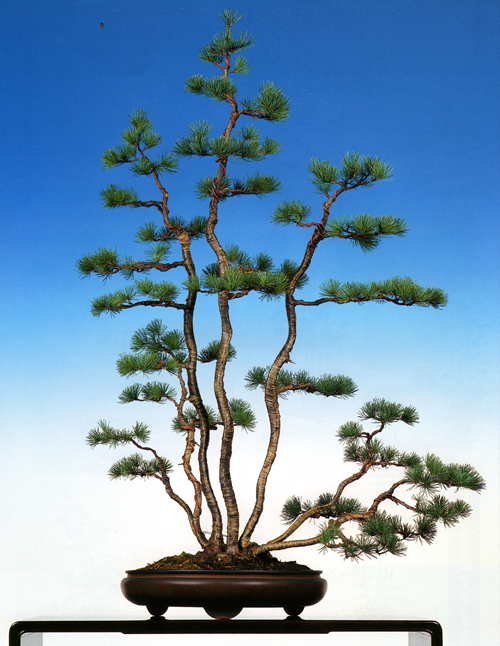
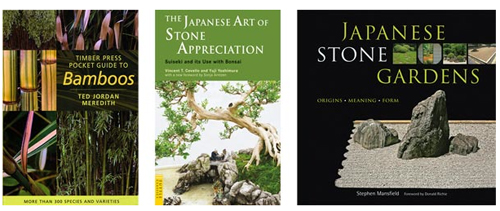 Some of you still read books. We know because we sell them. If you fall into this illustrious (if somewhat aging) group, good times await you. Take a look.
Some of you still read books. We know because we sell them. If you fall into this illustrious (if somewhat aging) group, good times await you. Take a look.